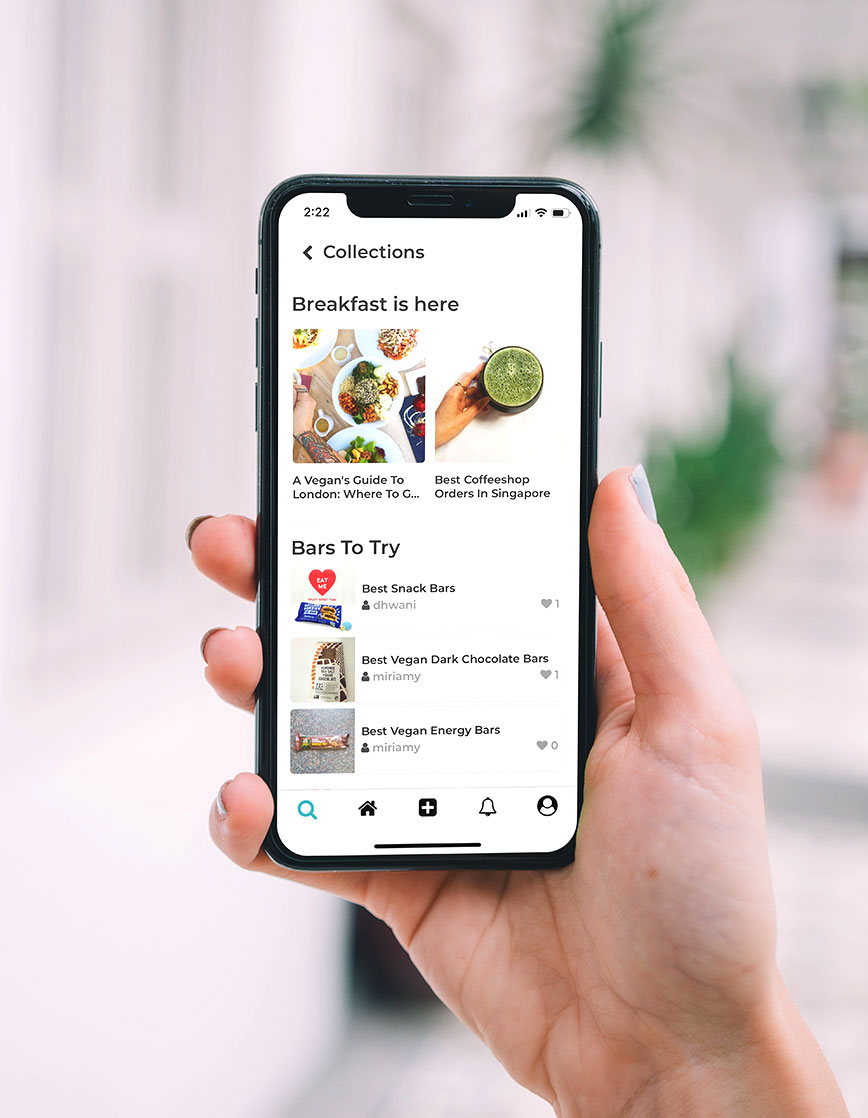How to Build a Responsive Web App with React and Bootstrap
How to Build a Responsive Web App with React and Bootstrap
October 19, 2025

How to Choose the Best Web Framework for Your Project

Our amazing team is always hard at work
Final Thoughts
Building a responsive web app with React and Bootstrap is one of the most efficient ways to create modern, mobile-ready applications.
React takes care of your app’s logic and component structure, while Bootstrap ensures your layout adapts beautifully to any device.
With just a few lines of code, you can create a clean, responsive, and professional web app that users will love — no CSS headaches required.
So go ahead, fire up your editor, and start building your next responsive masterpiece today!
Copy to Clipboard